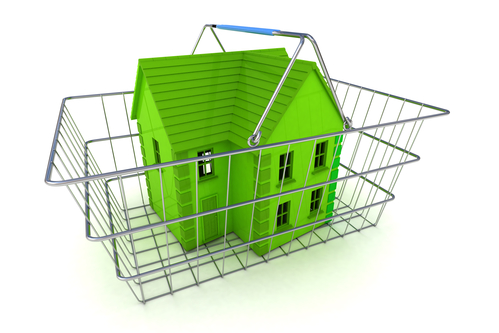Bruce Brammall, The West Australian, 10 February, 2019
I issued the challenge years ago. “Show me a do-gooder government package aimed at first home buyers that hasn’t actually made it harder for them.”
Every time a government weighs in, they cock it up. All of the good intentions in the world lead only to driving up prices of first home buyer (FHB) properties.
And this latest idiot scheme that kicked in on January 1 is no exception. It will unnaturally bring forward demand, and therefore drive up prices, on average, by more than the benefit received.
It’s really simple.
Never, in the history of everything, has the act of giving people free money not driven up prices. And “free money”, where borrowing is involved, is always a multiplier.
I get what governments are trying to do. They want to be seen to be doing something to help FHBs. It sounds like such easy-win politics. Do something, anything, to help poor FHBs and surely there’s votes in it?
No, morons. Politicians doing something popular that drives up prices for FHBs still makes them morons.
If you’re a FHB, I realise this sounds harsh. “The government is giving me money! How can that not be good for me?”
Let me explain. It’s pretty straightforward.
Let’s say you have two couples wanting to buy something that will go to the highest bidder. One couple, on paper, is in a marginally stronger financial position.
The “stronger” couple have been cleared to purchase up to $600,000. The “weaker” couple can go to $570,000.
What will the property sell for?
Simple. It will sell for $571,000 – $1000 more than the weaker couple could afford.
Now, let’s give the “weaker” couple a $15,000 government grant. What’s it going to sell for?
Would your answer be $586,000? That’s $570,000 plus $15,000 grant, plus $1000 on the last bid from the strong couple.
Nope. It’s likely to go for at least $601,000, but possibly $620,000 or $650,000.
Why? Because every time you give “free money” to people to buy homes, it ends up having a multiplier effect and is quickly built into the property prices, because of the leverage involved in buying homes and banks lending against them. In this case, it probably also brings in a third buyer, who rushed in because of the $15,000 bonus.
In recent history, it starts with John Howard’s $7000 First Home Owners Grant in 2000, which was picked up by state governments, then onto Kevin Rudd’s First Home Saver Account …
No, I have to draw the line there. K-Rudd’s FHSA was the most stupid FHB policy. Ever. Intergalactically dumb. Anyone who signed up for it was voluntarily locking themselves out of the housing market for at least four years. Thankfully, only a handful fell for it. So they abolished it.
The point is … every time governments hand out money to FHBs, it has increased prices, or distorted markets at certain price points.
The latest one – Scott Morrison’s First Home Loan Deposit Scheme (FHLDS) – won’t be any different. FHBs will believe they’re getting something for nothing, but, in this case, most will end up believing they’ve “saved” $15,000, but will probably end up spending an extra $30,000 or $50,000.
If a home buyer doesn’t have about a 25 per cent deposit (20 per cent for the deposit, plus 5 per cent for stamp duties), they will have to pay “lender’s mortgage insurance”.
Under the FHLDS, a limited number of people will not have to pay Lender’s Mortgage Insurance (LMI) – the government will essentially cover that for them.
Why would that lead to price increases?
Banks now know that “eligible” applicants won’t have to service the extra $10,000-20,000 they would have had to cover if the LMI was added to their loan.
So they will lend them more.
Oh, yes they will. And if you’re willing to lend people more money, they will bid higher.
What FHBs should actually be cheering for is for governments to remove all grants, subsidies, bonuses, concessions and schemes from the market. The whole lot.
Prices, at the bottom end, the FHB end, would be lower as a result.
Until they do, the real winners are those selling properties to FHBs. And they are: property developers; Boomers selling their investment properties; and second-home buyers trading up. They’ve been collectively laughing it up for 20 years.
Bruce Brammall is the author of Mortgages Made Easy and is both a financial advisor and mortgage broker. E: bruce@brucebrammallfinancial.com.au.
